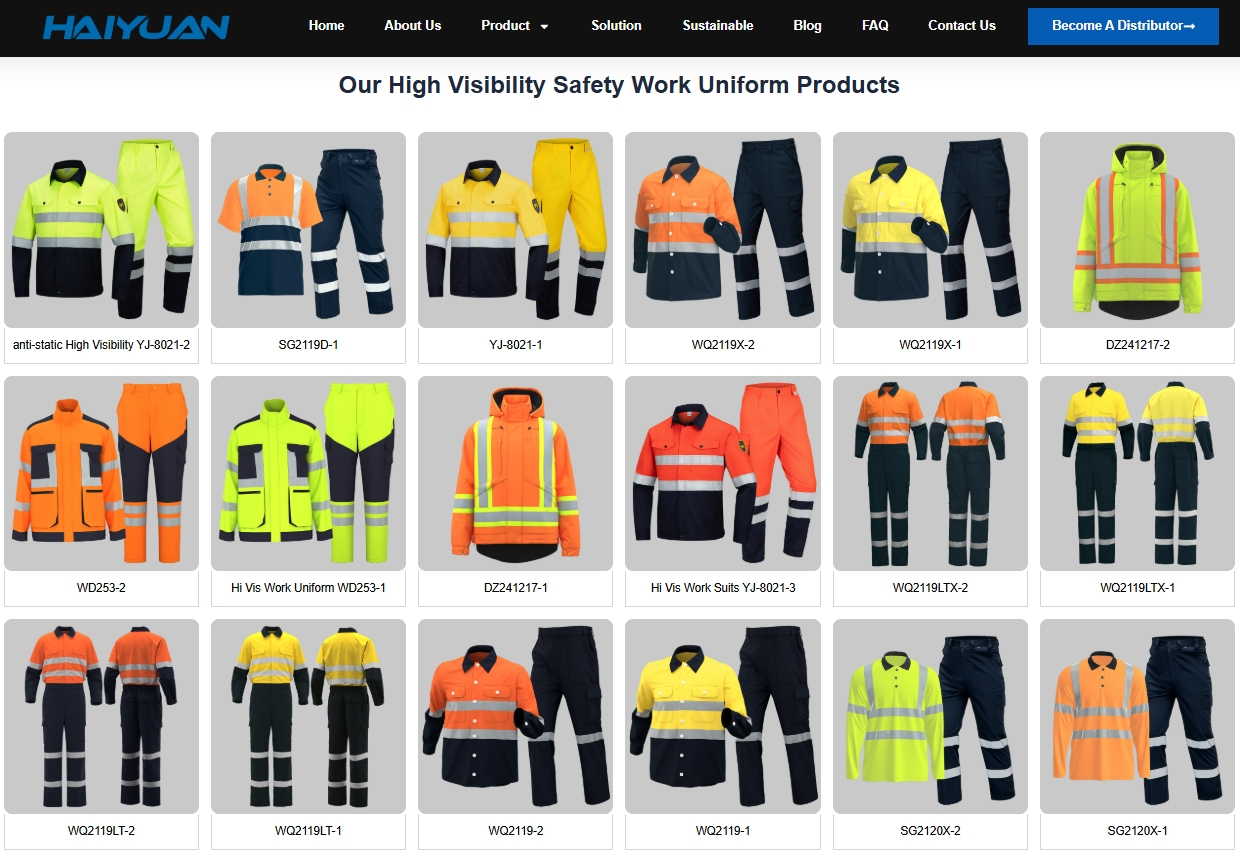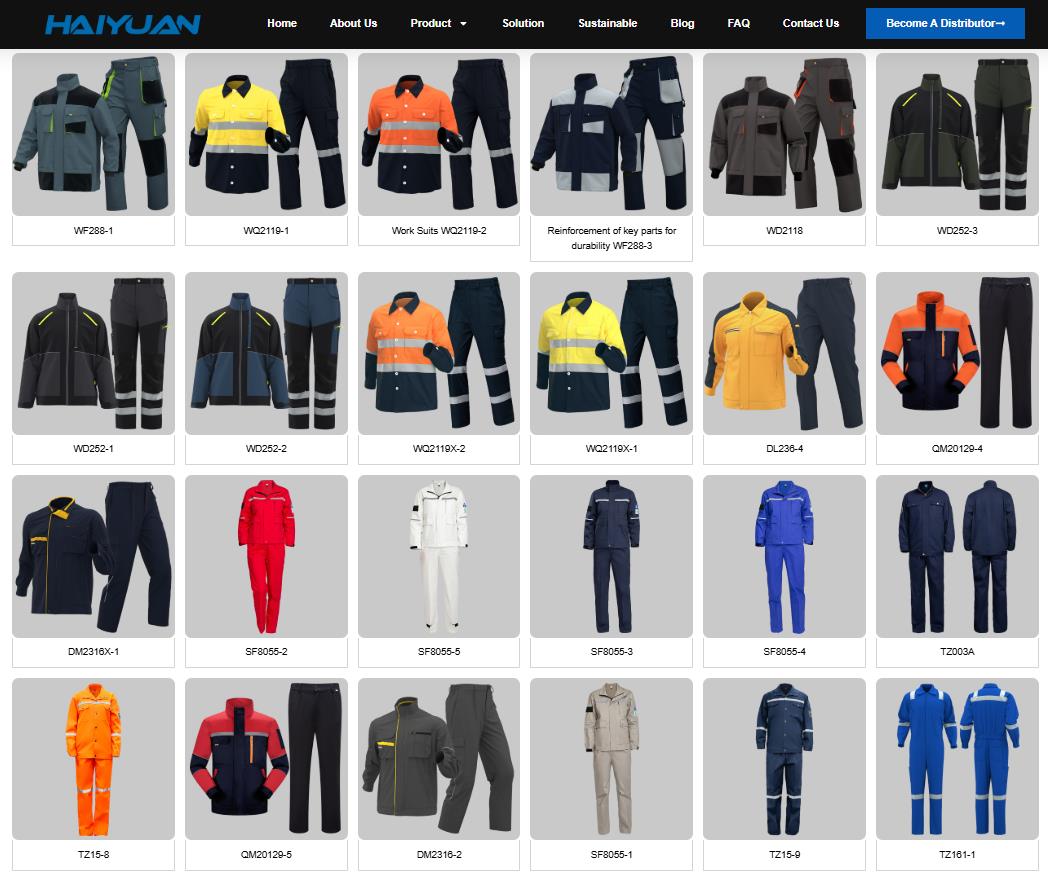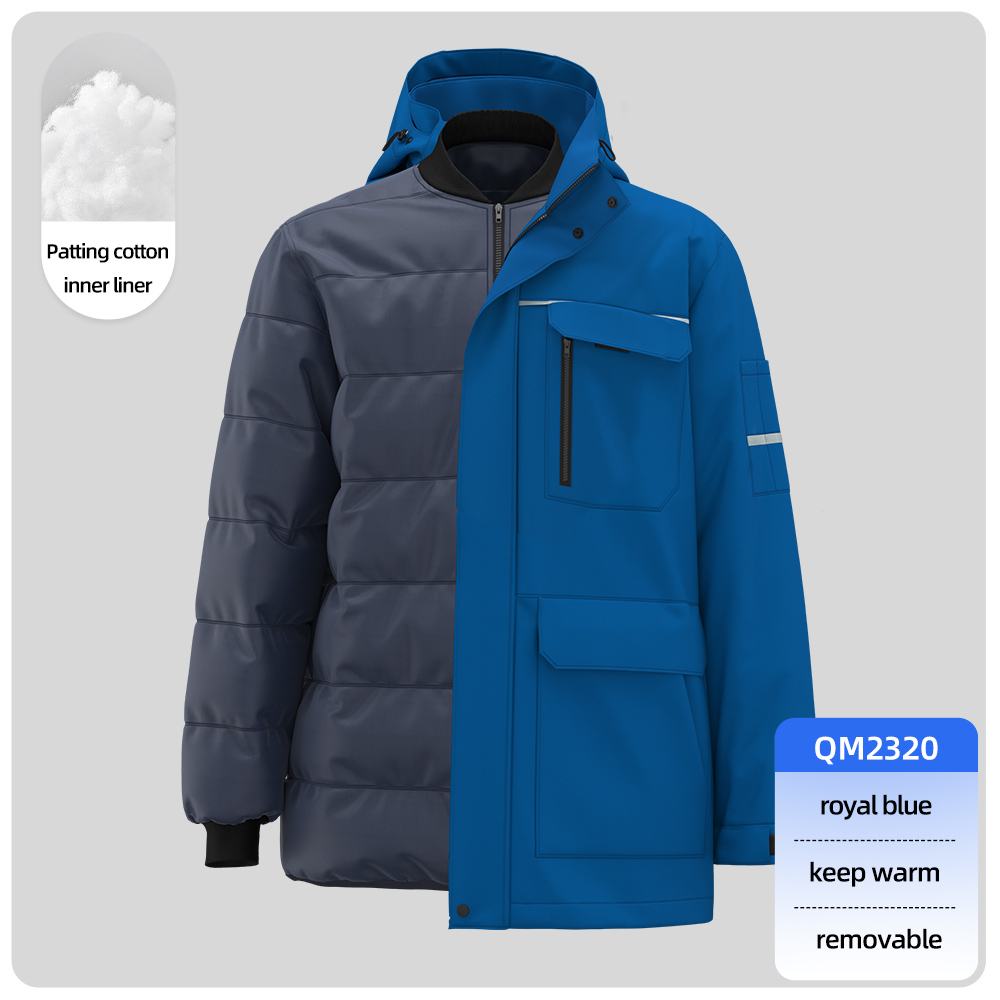The clothing worn by warehouse workers isn’t typically called a simple “uniform.” Instead, it’s referred to by terms that emphasize its function and purpose.
The most accurate and common general terms are:
-
Workwear: This is the broadest and most common term. It refers to the durable, practical clothing designed for manual labor and industrial environments.
-
PPE (Personal Protective Equipment): This is a crucial term in warehouse safety. It frames the clothing as essential gear for protection, not just a uniform. This category includes high-visibility vests, safety boots, gloves, and hard hats.
Beyond these general terms, the specific items are often called by their functional names:
-
Hi-Vis Gear / High-Visibility Clothing: This refers to the fluorescent vests or jackets worn to ensure workers are seen by forklift drivers and other equipment operators.
-
Safety Workwear: This term highlights the protective features of the clothing, such as reinforced stitching, durable fabrics, and built-in safety elements.

High Visibility Safety Work Uniform
You would not typically call it a “uniform.” Instead, you would say:
-
“The company provides all necessary PPE.”
-
“You need to wear your workwear for your shift.”
-
“Remember to put on your hi-vis vest before entering the warehouse.”
Why is it called this and not just a “uniform”?
The distinction is important:
-
A Uniform often implies a standard outfit for group identity (like a sports team or a police officer’s dress code).
-
Workwear or PPE implies a functional purpose: safety, durability, and protection from specific hazards like impact, cuts, weather, or low visibility.
In short, while you could call it a “warehouse uniform,” the industry-standard and more accurate terms are workwear or PPE.





